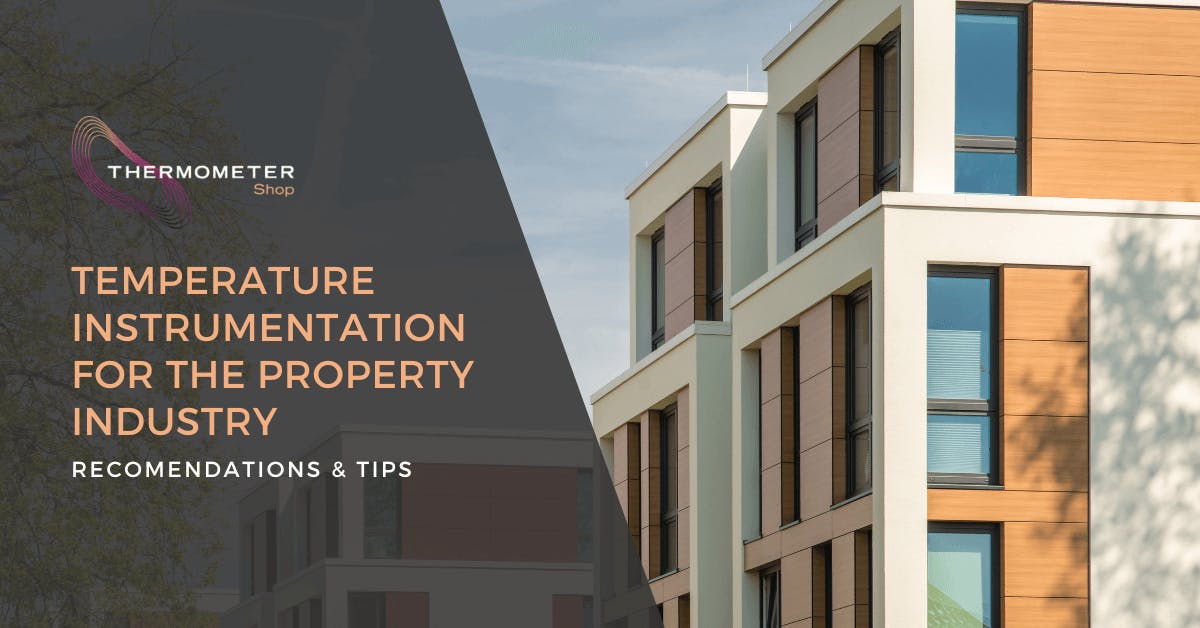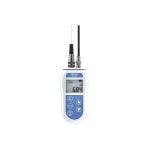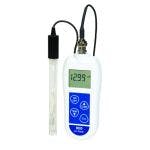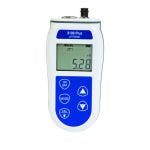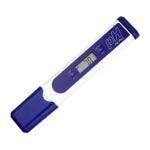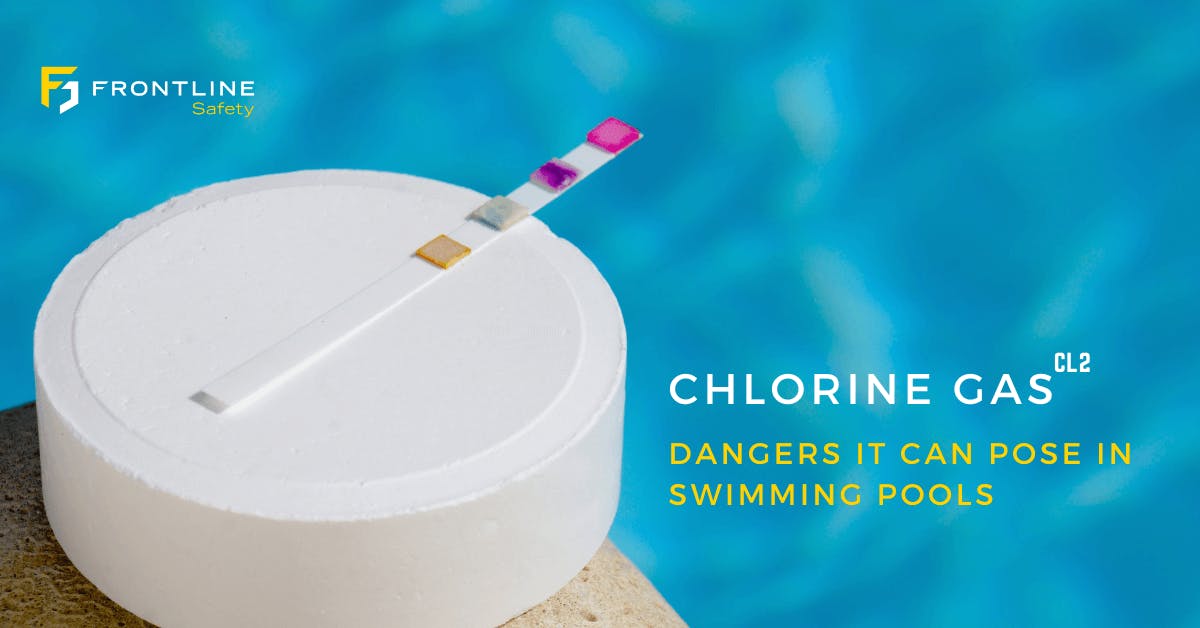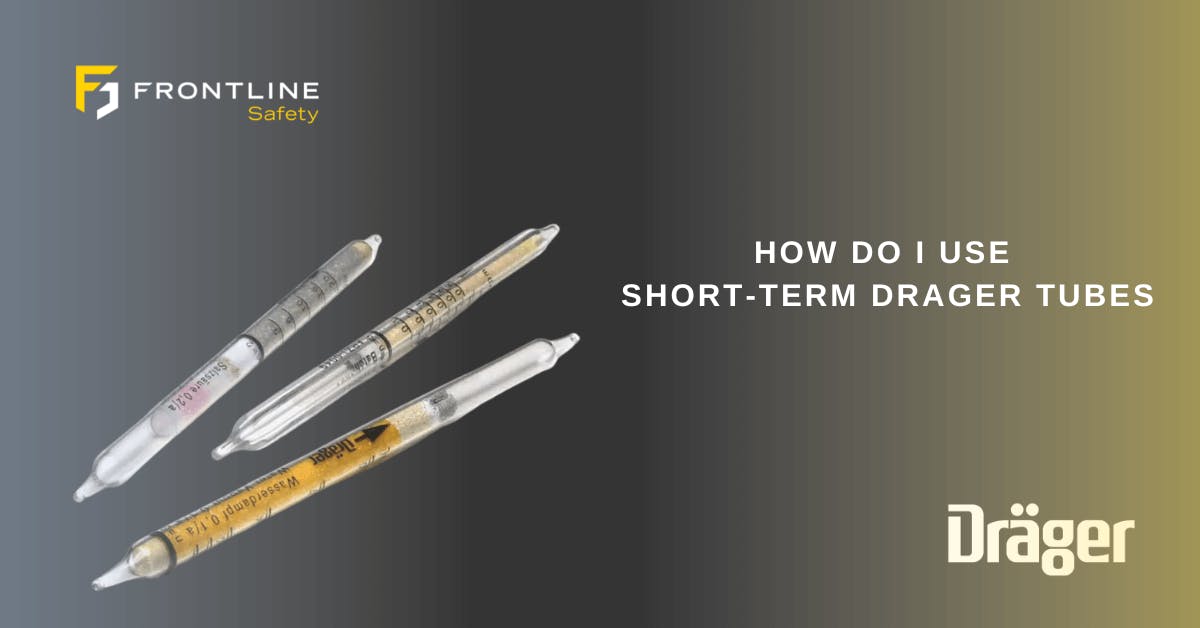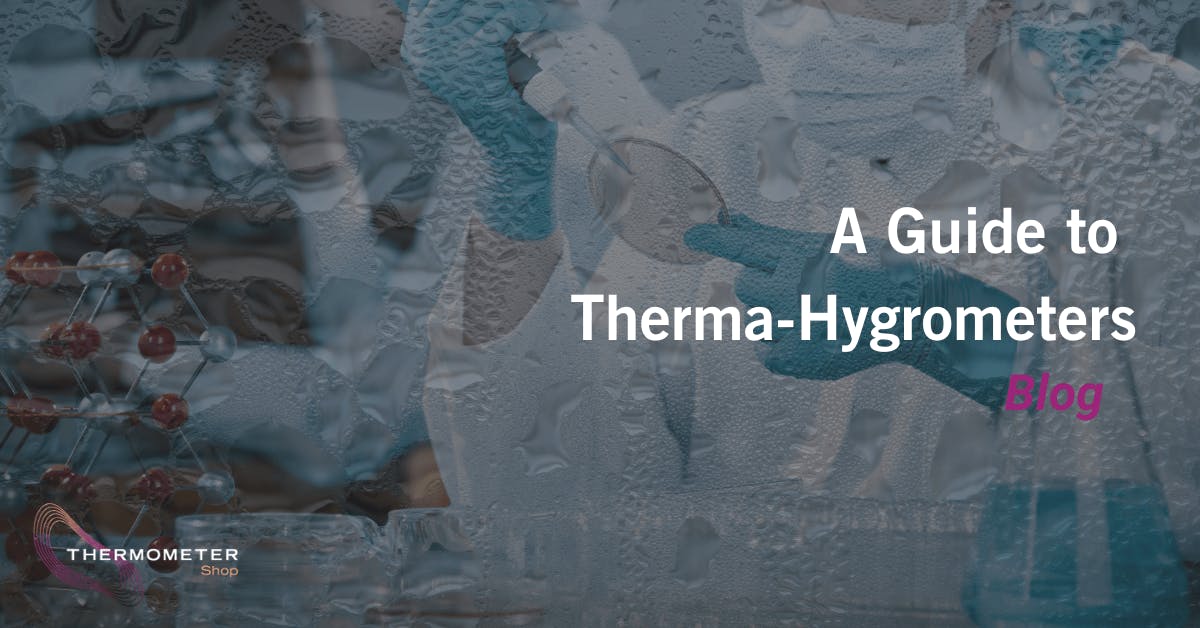
A Quick Guide to pH Meters
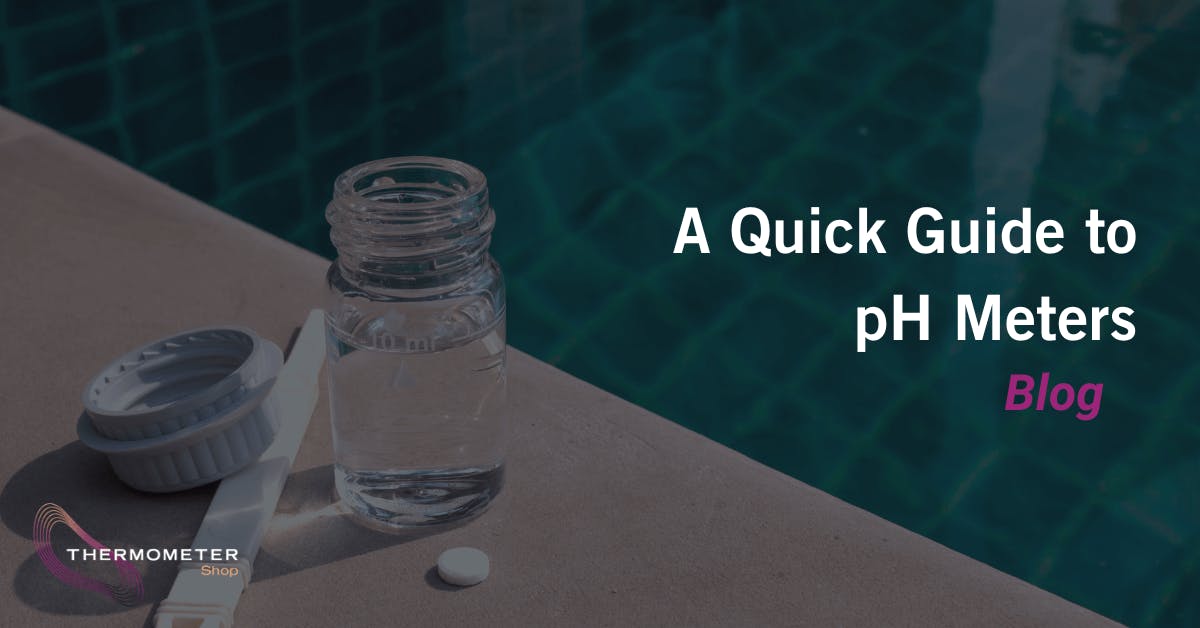
What is a pH Meter?
A pH meter is a scientific instrument used to measure the acidity or alkalinity of a solution. pH is a measure of the concentration of hydrogen ions in a solution, ranging from 0 to 14, with 7 being neutral. The lower the number, the more acidic the solution. The higher the number, the more alkaline the solution. A pH meter measures the voltage difference between a pH-sensitive electrode (a glass electrode) and a reference electrode placed in the measured solution. The voltage difference corresponds to the pH value of the solution. pH meters are commonly used in chemistry, biology, environmental science, and other fields where precise pH measurements are required.
When Should I Use a pH Meter?
You can use a pH meter in applications where you need to measure a solution's acidity or alkalinity accurately. pH meters are beneficial in situations where the pH of a solution needs to be maintained within a specific range, such as in water treatment, food and beverage production, and scientific/laboratory research. Here are some particular applications where you might want to use a pH meter:
- Water quality testing: pH meters are used to test the pH of drinking water, swimming pools, and other bodies of water to ensure that they are safe and healthy for human use.
- Soil testing: pH meters can be used to measure the acidity or alkalinity of the soil, which is vital in agriculture and gardening to determine what plants will grow well in the ground.
- Food and beverage production: pH meters are used to monitor the pH of foods and beverages during production to ensure they are safe to consume, limit the risk of health issues, and have the desired taste and texture.
- Chemical analysis: Chemical laboratories commonly use pH meters to measure the pH of solutions used in experiments. Incorrect pH levels in the pharmaceutical industry could result in the creation of undesirable and harmful toxins.
In general, a pH meter should be used whenever accurate pH measurements are necessary and when other methods, such as pH paper or pH indicators, may not provide the required level of precision.

How to Use a pH Meter?
- Prepare the pH meter: Make sure the pH meter is clean and calibrated according to the manufacturer's instructions. The calibration process may involve immersing the electrodes in buffer solutions with known pH values.
- Prepare the sample: The sample should be at room temperature and stirred gently to ensure a homogeneous mixture. For some samples, like solids or oils, you should use a specific electrode type appropriate for the sample.
- Immerse the electrodes: Immerse the pH-sensitive and the reference electrodes into the sample solution, ensuring that both electrodes are fully submerged.
Wait for the reading to stabilise: Wait for the pH reading to stabilise, which may take a few seconds to a few minutes, depending on the type of solution being tested. - Record the reading: Once the reading has stabilised, record the pH reading and remove the electrodes from the solution. Rinse the electrodes with distilled water and dry them before storing them.
- Interpret the results: Interpret the pH reading based on the intended use of the sample. If the pH is outside the desired range, take corrective action, such as adding an acid or base solution to adjust the pH.
Although we have shared some general guidance on using a pH meter, always follow the manufacturer's instructions for your specific pH meter model, as the calibration and measurement procedures can vary. Also, properly clean and store the pH meter after use to ensure accurate and reliable readings in the future.
How to Look After a pH Meter
It is essential to take proper care of your pH meter to prolong its life and minimise the chance of incorrect pH levels and readings.
Cleaning
Always clean the pH electrode by holding it under a running tap. When the electrode is visibly dirty, use a cleaning solution or purified water to remove the dirt. When using a cleaning solution, leave the electrode in the solution for at least 30 mins, preferably overnight, to ensure all dirt is cleaned from the electrode.
After the electrodes have been soaked overnight, rinse them and soak them in a 4pH buffer solution before rinsing them for the final time. Please always refer to the manual of your instrument for specific guidance and instructions.
Calibrating
Calibrating will provide accurate measurements when recording pH levels and prolong the life of your pH meter over time. Calibrations should be performed on pH meters on a daily/regular basis to maintain instrument performance. pH buffer solutions are required for calibrating; these are low-cost and are used to check that the pH readings are correct. If readings show as incorrect, they can easily be corrected following the procedure for the specific monitor. Please note that the life expectancy for a pH meter is, on average, 12 months or 365 measurements.
Storage
The electrode needs to be kept moist while not in use to prevent the sensor from drying out. To do this, store the electrode in a storage solution or a 4.01pH solution. Following this, guidance prevents the instrument's performance and the guarantee from becoming invalid. If an electrode has become dried out, rejuvenate it by soaking it overnight in the cleaning solution. Please ensure you always avoid touching the glass bulb on the end of the electrode to prevent damage to the instrument.
Thermometer Shop supplies a wide range of pH Meters ideal for various application types. Our range includes self-calibrating pH meters to instruments with multiple electrode types. We also provide pH meter consumables and accessories, including different electrodes, buffer solutions and capsules. Explore our full range of pH meters and accessories here.

